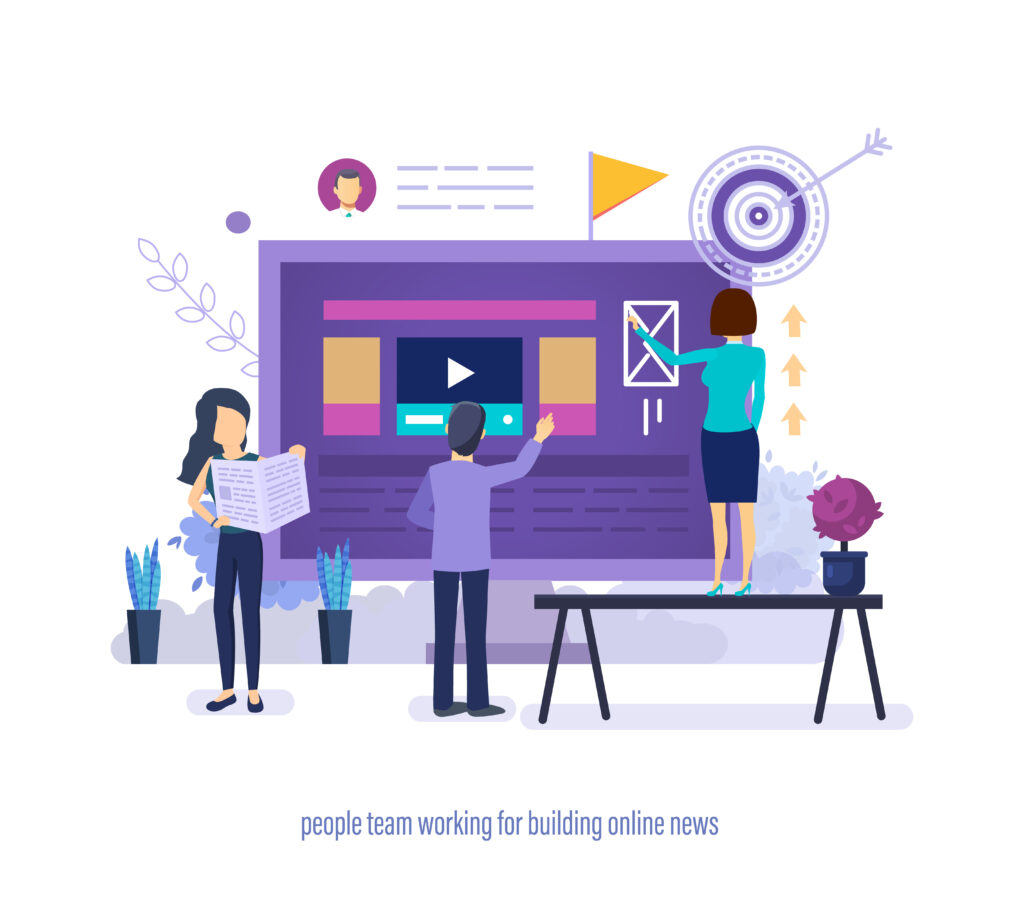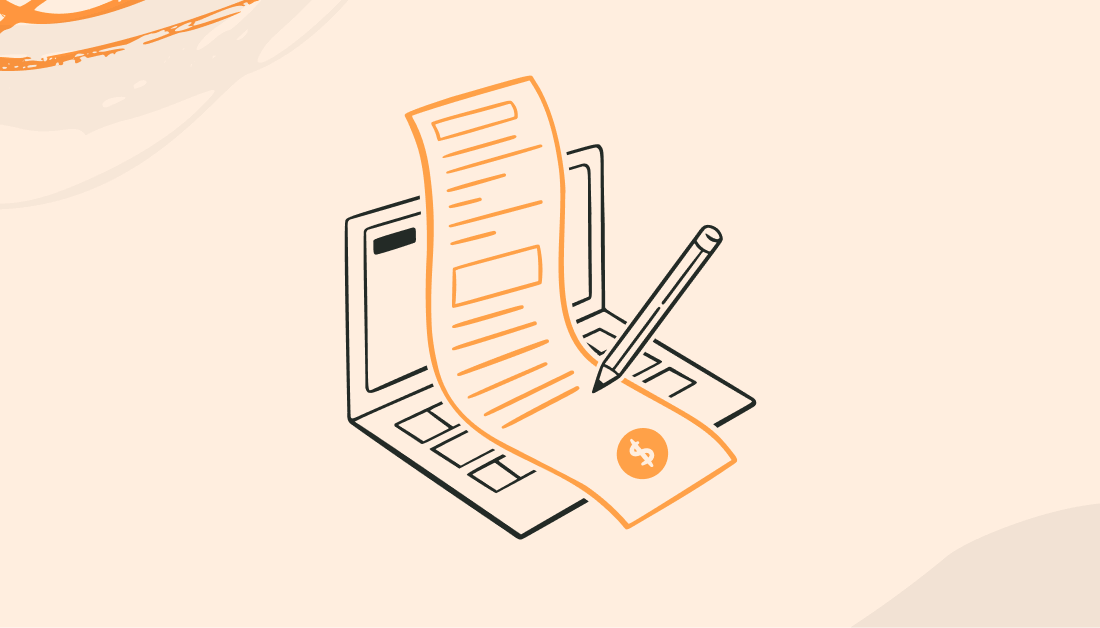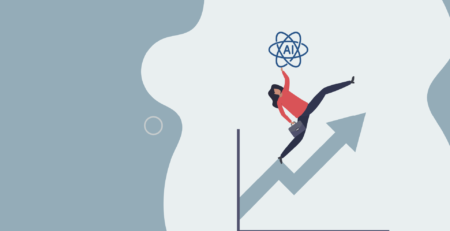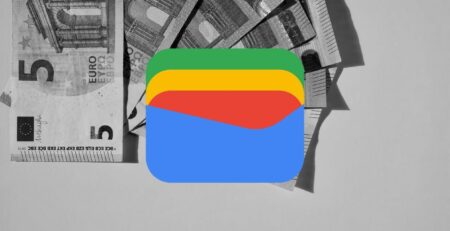On the Internet, first impressions always matter. Whether it be your profile picture or your social media status, a person or even a page can live or die by that first impression. Of course, due to the constant influx of traffic on the internet, there are always different people you’re making an impression on. Most will sift through. Some may stick around. If you’re not looking for a grandiose following, then you don’t have to think too much about it.
However, let’s say you’re a moderately new business. You’re looking to expand your domain on the internet. Obviously, you would want that large following. But to do that, you need leads. To get those leads, you need to make that first impression. If people go directly to your homepage, they may get that impression for sure. But the homepage isn’t where you get leads. No, what you need is a landing page.
Table of Contents
What Is a Landing Page?
A landing page is essentially the very first page a business would want customers to go to when they click an advertisement. A landing page exists to accomplish one goal and one goal alone. That goal is to get people to sign up. But what for? Well, lead generation, of course.
For those out of the loop, lead generation is when you cultivate customer relationships. It’s a means of getting to know them better. It’s kind of like asking for someone’s number and following up. The purpose of lead generation in landing pages is to get a person’s contact info and to follow up on the products that your business is offering. You can, of course, get this contact info through a variety of means.
This is important for a business, as it creates a dialogue between the customer and the business. It’s a direct way of not only advertising but also a means of furthering the customers’ interests. But to get to that point, your business first and foremost needs a good landing page.
Why Are Landing Pages So Important?
Landing pages are designed to prevent the user from straying away from their current destination. Landing pages don’t encourage exploration but more so just want the customers’ contact information. However, this can be difficult. No potential customer wants to simply hand off personal information like that. If they clicked on an ad willingly, they want a value proposition for their details.
To get those details, then, your business needs a certain sauce. That sauce has to do with multiple factors. And that’s what we’ll be diving into for this article. Without further ado, let’s look at the best ways to write a good landing page. And how these tips will give stellar conversions.

Don’t Let Them Take Off
Follow these tips:
Be Persuasive
Rhetoric is important to any argument being raised. To convince someone to act a certain way, your page has to be convincing. Make a good case for your page, and your audience will follow. A good way to include smart rhetoric is to be conversational. Don’t be super formal, because then the customer will think you’re a robot. They want to connect. Conversational rhetoric is a great way to connect with that shared humanity.
Dress It Up
A landing page isn’t a home page, sure. But it’s still a page nonetheless. A good landing page needs to be dressed for success. It needs to look nice. People are drawn to attractive things. If a potential lead clicks on your ad because it wowed them, they don’t want to be disappointed by a poor landing page. Make sure to show them something flashy but also soothing on the eyes. What you make must also complement your product. Do your due diligence and make sure that what you’re making is thematically relevant.
Avoid Distractions
We’ve said it before, and we’ll say it again. The landing page is not the home page. You do not want your customers to click off of it. Make sure that the page has zero distractions from what you want the customer to do. If you want them to sign up for an email newsletter, make that the first thing they see. Don’t be afraid to be direct. The customer needs to be focused on generating that lead for you.
Keep Things Readable
Clear and concise theming is the way. The font your page uses must be legible. If not, it can lead to problems in understanding and clarity. That, in turn, leads to hesitation. You don’t want your leads to hesitate. If they hesitate, it’s a coin toss on them following through. So make sure that things are clear-cut and readable all the way.
Pinpoint Pain Points
When a lead clicks on an ad, they have a problem. Not with the ad itself. But more so, an issue they hope the ad will resolve. This is important to note because, as the entity behind the ad, you must offer a solution. So instead of highlighting the cool feature of your product, tell the customer what solution they’re getting.
For example, if a customer clicks my ad for cheap cars, then I should know what problem they’re facing. They want a cheap yet durable car. So instead of telling them what features our cars have, we tell them why we have the cheapest vehicles. This incentivizes the customer to pick up on the lead and follow through. They feel heard and therefore are willing to engage further.
Proof Within The Pudding
Actions speak louder than words. If a customer clicked on your ad, they’re going to need a lot more convincing than just some sweet talking. Offer them proof through what other people have said. This builds trust. Trust is key to furthering the lead and the relationship. Without it, customers will be less likely to click on the generated lead.
Don’t Hog Space
The area in which your action button is listed should not hog the screen. Customers and leads don’t want to scroll. The details you include need to be snappy as well, alongside the visuals. This is a delicate balancing act, of course. But with the proper creative thinking, it can be done.
Call To Action
Make the action button something that’s a call rather than an order. For example, don’t make the button a simple “submit” button. Use phrasing that is in the customer’s own words. Phrases like “Get our free guide” or “Sign up for our newsletter today” are great examples. You want the call to effectively serve as your purpose statement. It is the final goal, and the customer needs to understand that as well as you do.
Don’t Create Friction
Don’t include too many forms or fields for the customer to have to click on. Only keep the relevant information. If you fail to do so, you risk losing customer trust. This is because they start to believe that their info is being pried into. Avoid friction like that.
Test It
Our last tip is to make sure you test your page. We would recommend that a business use A/B testing to get the best results. A/B testing is when different versions of the same page are presented to audiences to see what sticks. We recommend using this methodology to evaluate how well your landing page is doing.
That concludes our tips for the best ways to convert those coming to your landing page. If you have any tips of your own, don’t be afraid to share them with us. For more similar blogs, visit EvolveDash today!
FAQs
- What’s the difference between a landing page and a home page?
In simple terms, the landing page should only focus on generating a lead. The home page is built as the hub from which a visitor can freely explore the rest of the website.
- What are some tools to consider when making a landing page?
Try using tools like Canva, HubSpot, and WordPress.
- What types of landing pages are there?
There are several different types of landing pages; they can range from sales pages to click-through pages. Each has its function and purpose.
- Can I make my landing page part of my website?
Yes, you can. Connecting the page to your website is highly beneficial, since it keeps everything under one domain. Just make sure to follow the tip on keeping the page its own thing.
- How do I get people to the landing page?
You can get people to it through advertisements, emails, or even SEO.



















